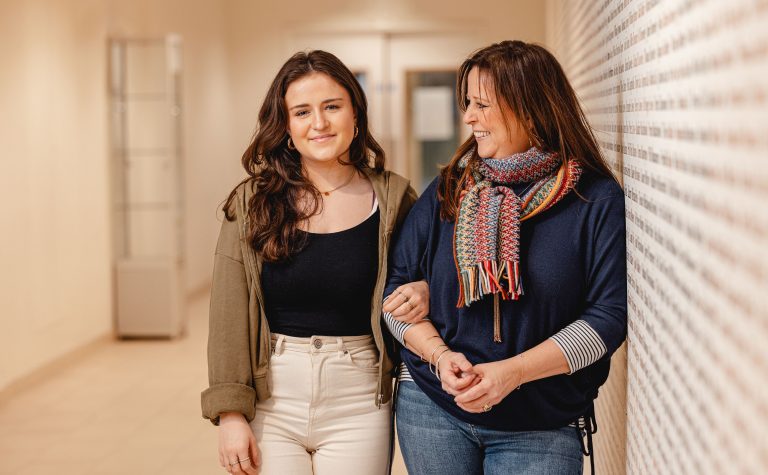The past few decades have seen dramatic improvements in the outlook for children diagnosed with cancer.
Fifty years ago, three-quarters of children diagnosed with cancer died; today more than 8 in 10 (84%) children diagnosed with cancer in Great Britain survive their disease for five years or more.
- A child who is still alive five years after diagnosis is generally considered to be cured but some children do relapse (and die) after five years
- 8 in 10 (80%) of children diagnosed with cancer in Great Britain survive their disease for ten years or more (2007-11)
- By the end of 2012 it was estimated that there were at least 33,000 people in the UK who are alive having previously been diagnosed with a childhood cancer and who survived their cancer for at least five years
- Cancer survival is similar for children whatever age they are diagnosed
- Survival for children’s cancers is improving and has more than doubled in the last 40 years in Great Britain. In the 1970s, more than a third of children diagnosed with cancer survived their disease beyond ten years, now it’s over three-quarters
- At least 15,000 more children have survived their cancer than would have done if survival had remained as it was in the 1970sThe past few decades have seen dramatic improvements in the outlook for children diagnosed with cancer
Survival rates vary considerably between different types of childhood cancer and by age and gender (figures quoted below are five-year rates):
- Childhood 5-year survival rate of retinoblastoma in England is 99%. Survival can be at the expense of losing an eye, or if not the eye, then the vision in the affected eye. Sometimes retinoblastoma is bilateral (both eyes) – and vision in both eyes may be lost
- Lymphomas have a high overall survival rate of 93%; within this, survival from Hodgkin lymphoma is 96%, and from non-Hodgkin lymphoma 90%
- Leukaemia has an overall survival rate of 88%; within this, acute lymphoblastic leukaemia (ALL), the most common form, has a survival rate of 90% and acute myeloid leukaemia (AML), 65%
- Brain tumours have an overall survival rate of 77%, but because they are one of the most common tumour types, they account for the highest number of deaths. There are a number of different types of brain tumours; some have a reasonably high survival rate whilst others still have a very poor outlook
- Of the main childhood cancer types, neuroblastoma and bone tumours have the worst outlook. Childhood 5-year survival rates in England for neuroblastoma and bone tumours are 70% and 71% respectively. They have the worst survival outlook compared to other cancers.


